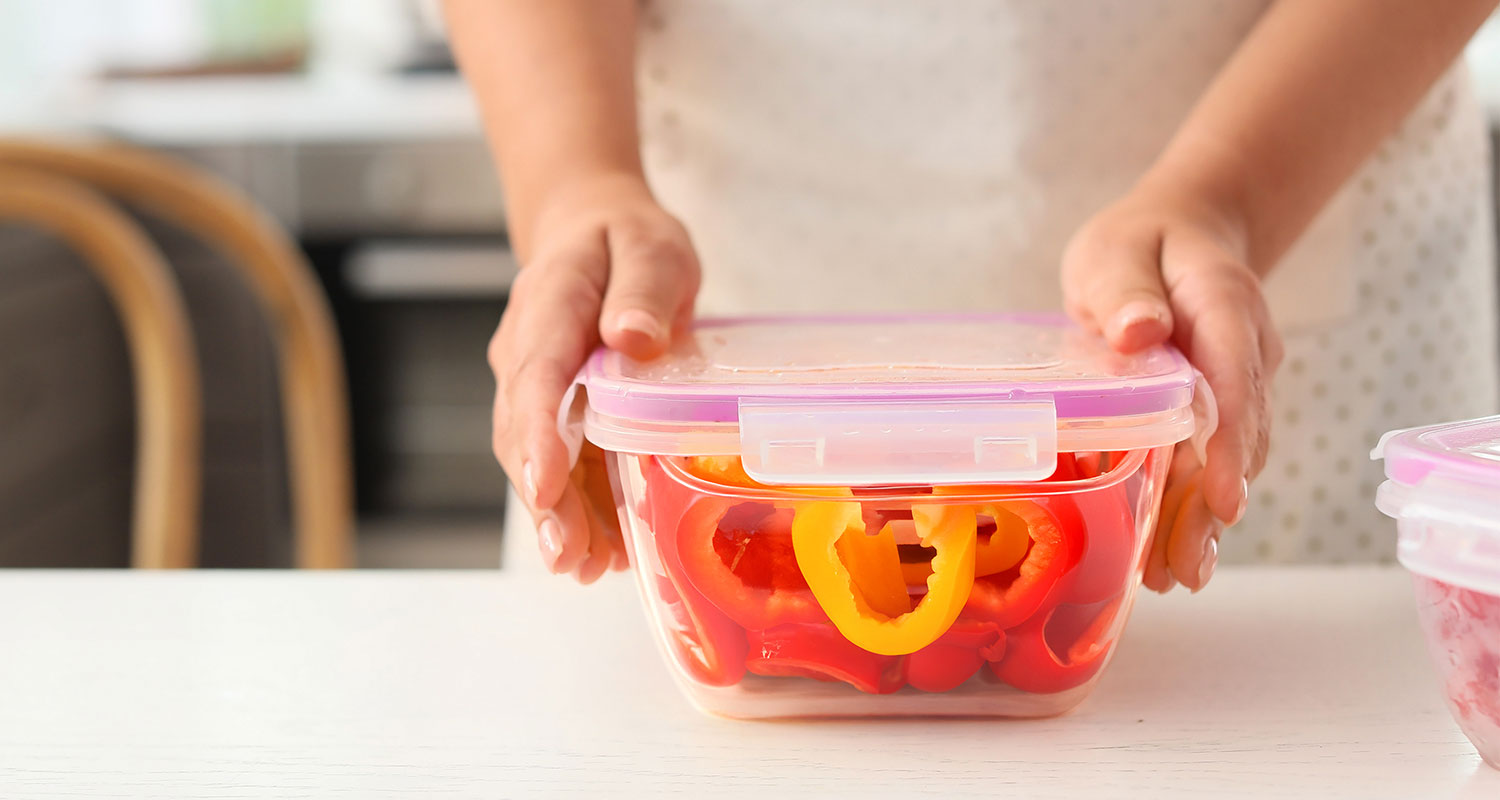A Performance-Driven Alternative to Glass Packaging
A Performance-Driven Alternative to Glass Packaging
For decades, glass has been regarded as the gold standard for clear packaging, appreciated for its natural transparency, consumer appeal, and recyclability. While these characteristics have come to define glass packaging, advances in polymer science, particularly in the development of clarifying agents, have introduced competitive plastic alternatives. Increasingly, clarified polypropylene (PP) is being considered alongside glass when developing clear packaging systems, with surprising results.
In this head-to-head comparison, we’ll explore the value propositions of glass and clarified PP to determine which material emerges as the leading performance-driven packaging solution.
Weight
Advantage: Clarified PP
A compelling reason to consider clarified PP is its weight—especially when compared to glass. PP is approximately one-third the density of glass [1], a sizable difference when considered in the context of the product's total weight and associated costs. This weight reduction can impact overall raw material costs by creating similar packaging solutions using less material by volume. Using clarified PP can also curtail transportation and handling costs, as the overall product weight is reduced by using PP over glass.
Durability
Advantage: Clarified PP
Glass has significant strength under compression forces, but its brittleness and low tensile strength make it susceptible to breakage during handling and transportation. To address this shortcoming, glass solutions attempt to reinforce packaging with thicker walls, resulting in heavier packaging that requires more raw materials. By contrast, clarified PP offers high impact resistance—a useful characteristic that can help reduce product loss in transit—without the thick walls for reinforcement. Clarified PP’s durability also presents a lesser safety concern when compared with the hazards of broken glass.
Clarity
Advantage: Glass and Clarified PP Offer Comparable Performance
Historically, plastics could not match the clarity of glass. PP is a naturally hazy plastic and was not suitable for visually driven, consumer-facing packaging. Thanks to clarifying agents like Milliken’s Millad® clarifiers, PP can be used for transparent packaging, allowing brand owners to maintain shelf appeal while harnessing the practical benefits of clarified PP.

Recycling Compatibility
Advantage: Glass and Clarified PP Offer Comparable Performance
While glass is generally considered to be infinitely recyclable, the footprint of recycling glass is significant due to its weight and high transportation costs. Glass recycling involves complex sorting and processing, and broken glass can damage recycling facilities. Challenging the perception of ineffective plastic recycling, PP is a favored choice for circular plastic solutions, given its compatibility with established recycling infrastructures. Using clarified PP also invites brand owners to consider mono-material packaging—creating a packaging system made entirely from clarified PP—which helps simplify end-stage sorting and captures more material into the recycling stream.
Value Chain Emissions
Advantage: Clarified PP
Using clarified PP as an alternative to glass can provide value-chain benefits. On the emissions front, switching from glass to plastic packaging can result in greenhouse gas (GHG) emissions savings of up to 15% when considering both the product life cycle and the impact of use.[2]
You don't have to sacrifice transparency in pursuit of elevating overall packaging performance. Brand owners can leverage the glass-like transparency of clarified PP while benefiting from PP’s lightweight, durable, and recycling-compatible characteristics. When creating or revisiting clear packaging solutions, let our experts walk you through the value clarified PP can bring.
1 The density of glass is 2,450 kg/m³.